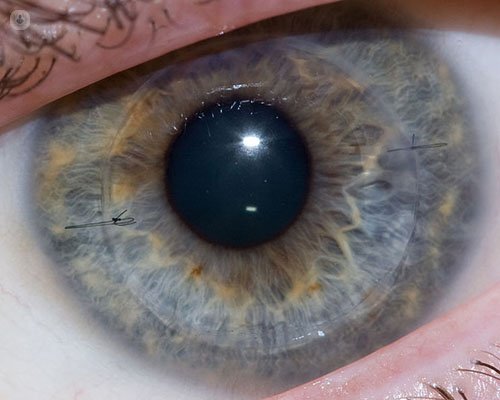Keratoplasty all techniques
Written by:A corneal transplant or keratoplasty is surgery performed by the ophthalmologist and consisting of replacing the corneal tissue damaged by a healthy corneal donor tissue, because there visual impairment or irreversible corneal disorder that can not be corrected otherwise. The cornea transplant surgery is one of the most common surgical procedures performed in the world.

Types of surgery for corneal transplant
There are different types of surgery for corneal transplantation:
- Penetrating keratoplasty: is to change the entire thickness of the cornea by the cornea from a donor.
- Lamellar keratoplasty: is to replace only part of the corneal tissue damaged. This type of procedure is less invasive than the previous one and usually has fewer complications and a better and faster postoperative.
- Previous Deep (DALK): This technique is performed when there are diseases in which the corneal involvement relates to the anterior surface of the cornea. It is to dissect all previous layers of the cornea, leaving only Descemet's membrane and endothelium, corneal graft and placing a donor who has withdrawn Descemet's membrane and endothelium. It is most common in patients with pathology of keratoconus, but also when there are burns, chemical burns, post-infectious diseases or congenital abnormalities.
- Posterior or endothelium (DSAEK, DMEK) is performed when the disorder, which may be congenital or acquired, only affects the back of the cornea, so only the backsheet is replaced. This technique is common in eye diseases such as endothelial dystrophies, among which Fuchs Endothelial Dystrophy, and also in the Keratopathy Bullosa, as well as other endothelial alterations.
When undergoing keratoplasty
- When the patient suffers from keratoconus in very advanced stages, a vision problem caused by the thinning of the cornea, as well as secondary ectasias.
- When the patient suffers corneal opacity or corneal deformation caused by:
- A congenital corneal disease
- Endothelial dystrophies
- After surgery
- When the patient is suffering from an infectious or post - traumatic disease.


